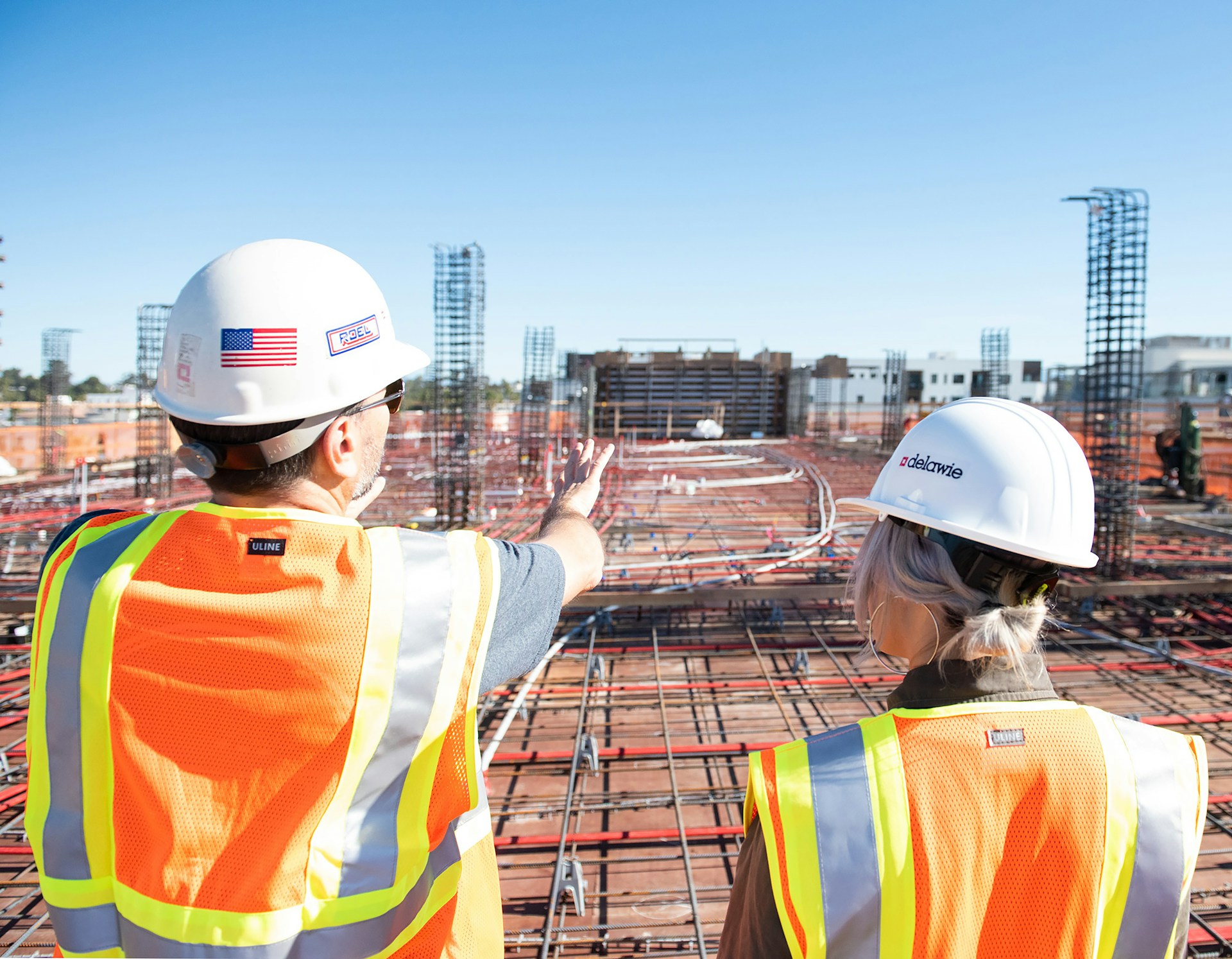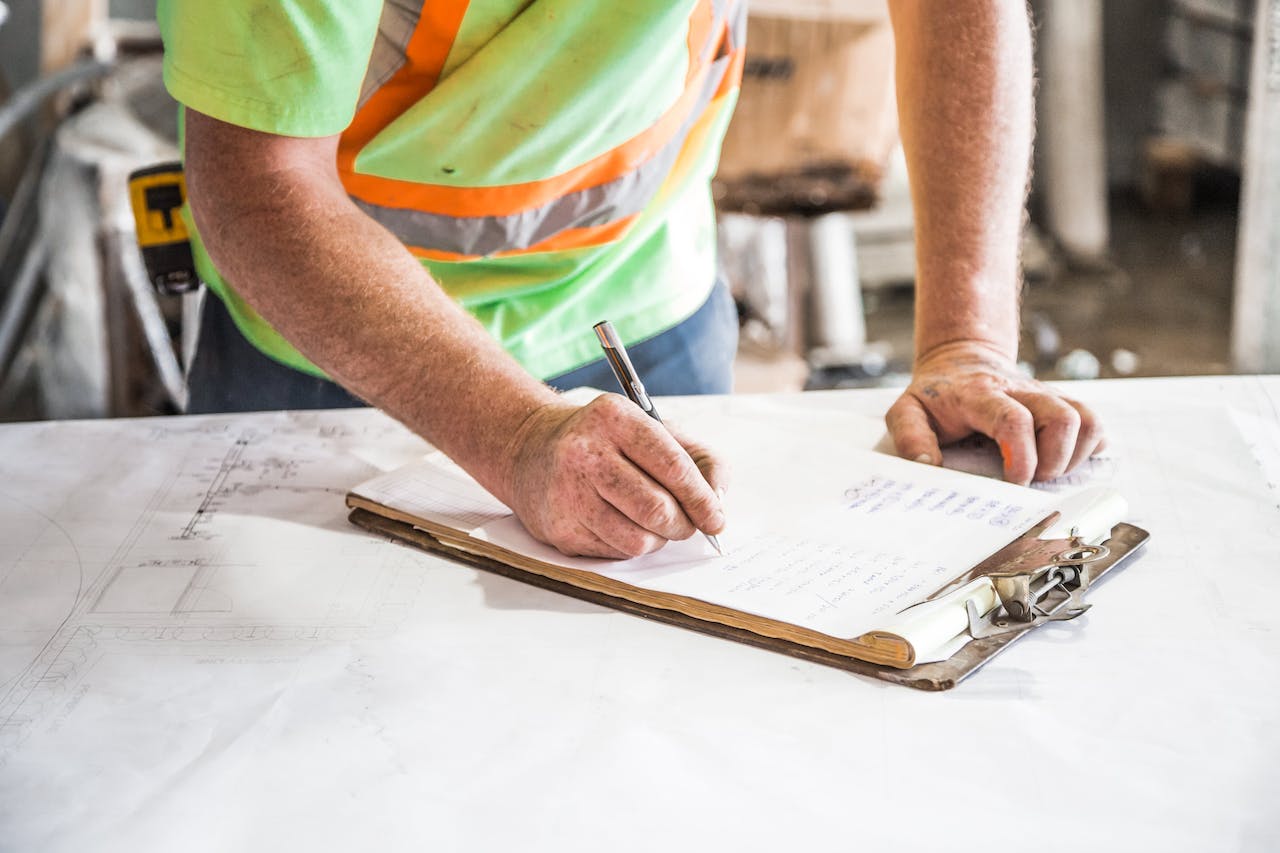Construction is one of the most dangerous domains to work in. According to OSHA, one in five worker deaths every year occur in this industry. Accidents, minor or fatal, are harmful to businesses because they can cause financial and reputational damage to them. The threat to human life is the biggest concern, and you may end up losing the trust of the workers, and they may even file lawsuits.
Safety, therefore, needs to be the top priority for construction managers. It comes as no surprise that a growing number of firms are embracing Construction Safety Management Software as a part of their regular operations. However, there are still some myths that float around in this context. It is vital to debunk these misconceptions so that you can ensure complete safety for your workforce. Let us list the ones you should be aware of.
Myths #1: Accidents just happen
It is easy to think that accidents on job sites just happen, and there is nothing you can do to prevent them. Fortunately, it is only a myth because almost all construction accidents can be prevented. You only need to invest in proper planning and excellent training for the workers. Further, implementing site-specific engineered systems can cover the risks to a significant extent. Having Construction Safety Management Software in place will do the rest.
There is always a cause that leads to accidents, though the challenge is that you may not be able to foresee every possible scenario. However, a proactive approach, along with the right measures, can curb the risk and mitigate most hazards. At the same time, there is some truth because unpreventable accidents do happen, though rarely. It is worthwhile to make an in-depth investigation after every mishap so that you can unearth the event that led to it.
Myths #2: Following OSHA standards will have you covered
Although every construction company must follow the regulations and safety standards issued by OSHA, they are only the bare minimum when it comes to ensuring safety for your projects. There is no reason you shouldn’t do much beyond adopting these compliance guidelines. After all, the safety of your workers and projects matters a lot.
If you believe that basic safety is enough to have you covered, you have the facts wrong. Accidents occur despite the best precautions, and they can be serious enough to cause fatalities. Ensure that you have a reliable program in place and review and update it regularly as well. A software solution that keeps it on track can be an asset for any organization.
Myths #3: PPE is enough to protect the workers
Another myth that is easy to believe is that personal protective equipment (PPE) is enough to protect your workers from the common hazards on site. The truth is that it isn’t the primary protection you can rely on, rather you should consider it as the last line of defence. PPE can only limit the exposure to the hazard, but it cannot prevent the mishap from happening. Your focus should be on avoiding accidents, not minimizing their impact.
For example, installing a safety railing at heights is a preventive measure, while providing a personal fall arrest system to the employees is an instance of PPE to lower the risk of injury on falling. Even as PPE comes only next to preventive measures, you must still provide them to the workers and mandate their usage on site. Training them about proper usage of PPE is another aspect you should ensure. Periodic inspection and timely replacement of PPE should also be a part of the safety plan.
Myths #4: Safety training is only for new workers
It isn’t a one-time event but an ongoing process you need to invest in throughout the lifespan of the workers with your company. Since equipment and practices change, you cannot provide all the required training at once. Further, workers cannot retain all the knowledge over a prolonged time.
You have to provide fresher sessions for new people on board. Ongoing training helps for the ones who have been around for years. The latter are equally valuable because it reinforces the lessons and ensures that they follow the best practices and latest techniques at all times. Retraining after accidents and for workers who violate the rules makes sense. You need not depend on manual training at all times. Integrating sessions into Construction Safety Management Software is a good idea if you want to automate the system.
Myths #5: Safety is only the manager’s responsibility
Although it seems easy to hold the manager responsible for every incident or hazard on the site, it is a myth you should stop believing. Safety is a shared responsibility, and everyone in your organization has a role to play. Each worker needs to take the onus for following the best practices, abiding by the rules, avoiding hazards, and working safely. They should take a proactive approach towards reporting potential hazards, and the managerial staff should be willing to listen and take quick action to address these concerns.
Having a dedicated safety manager on site should be a part of your process. They play a vital role, which extends from developing and updating safety programs, overseeing training, and collaborating with project managers and supervisors to implement requisites measures. Workers should be vigilant as safety managers cannot supervise them at all times. Sites will be safer if everyone does their bit.
Steering clear of these myths and misconceptions can help you secure your workers, projects, and business to a considerable extent. But you cannot be too confident about site safety as accidents may happen when you least expect them. Constant monitoring and a vigilant mindset can save your site from accidents. A reliable Construction Safety Management Software solution like Zepth keeps your project on track by enabling the identification of the risks and paving the way for a quick resolution.




